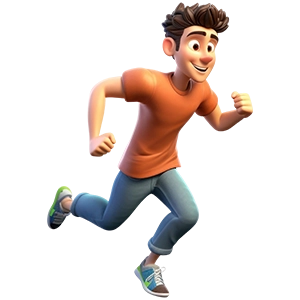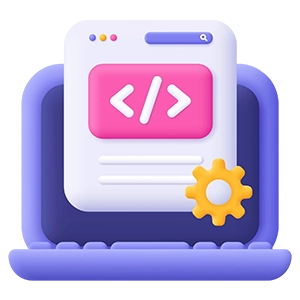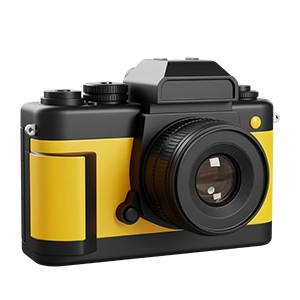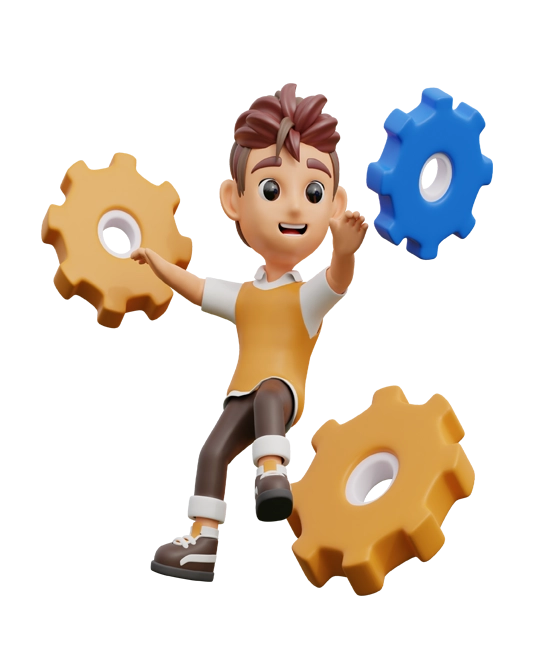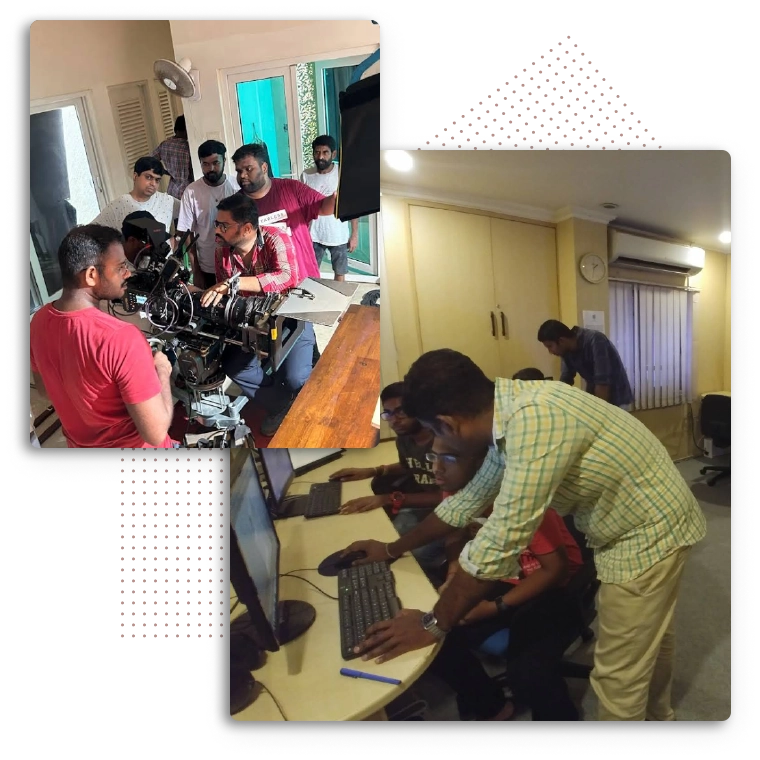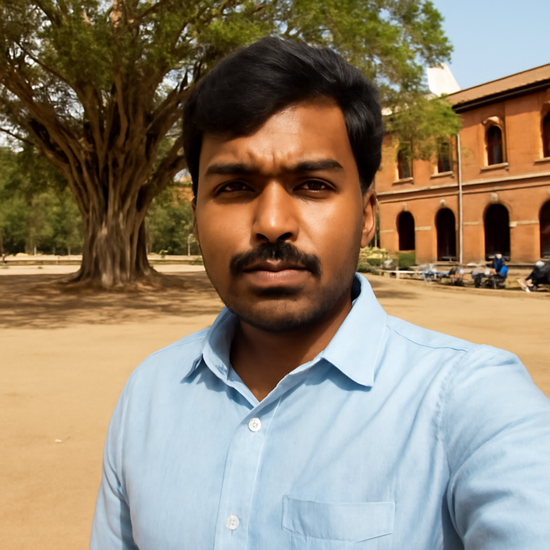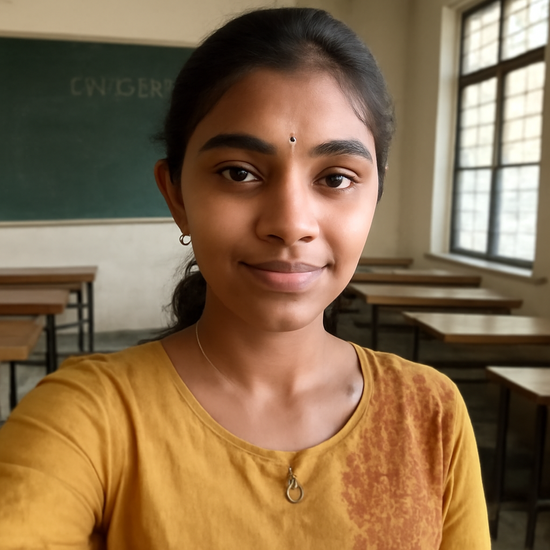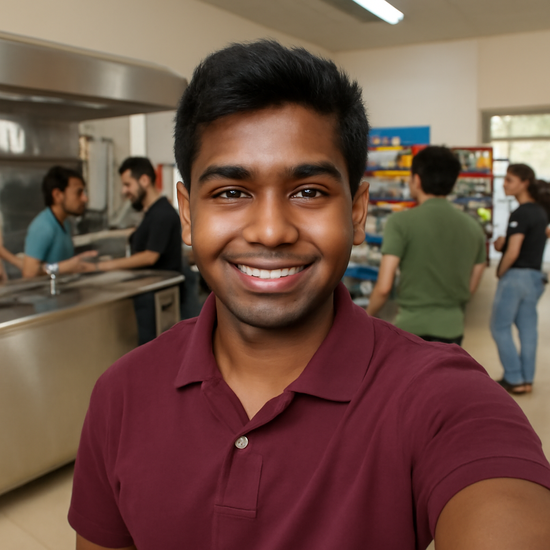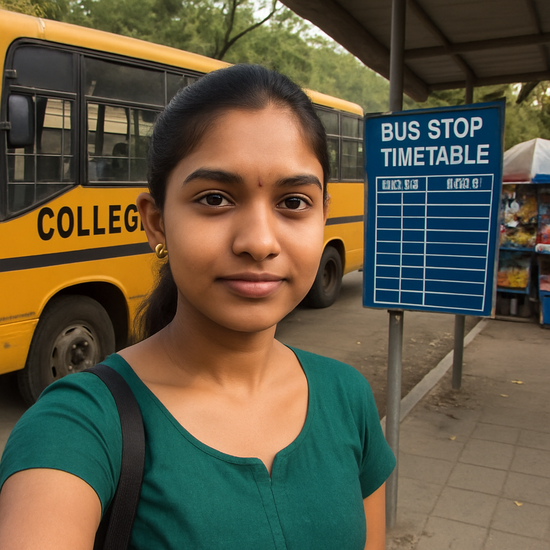No products in the cart.
Return To Shop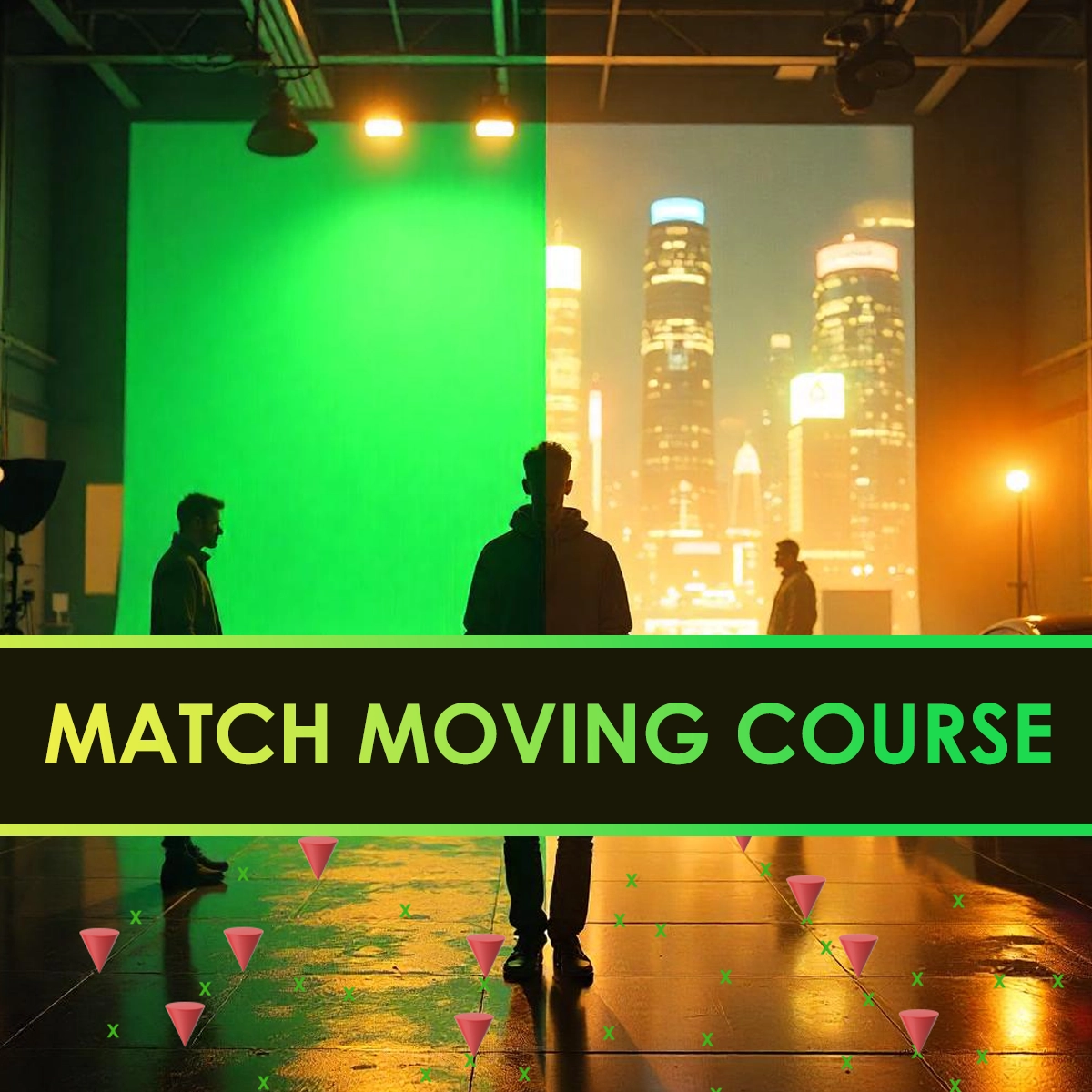

Home » MATCHMOVING COURSE
Matchmoving Courses
Master matchmoving to integrate 3D elements into live-action footage and create seamless, realistic VFX shots.
Learn camera tracking, CGI alignment, and industry tools to build a future-ready VFX portfolio.
K
STUDENTS ENROLLED
K
CLASS COMPLETED
%
JOB PLACEMENT
+
YEARS OF EXPERTISE
2008
TRUSTED SINCE



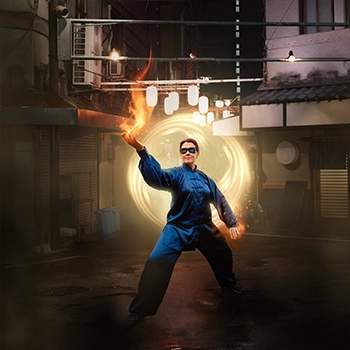

Why Choose Our Matchmoving Course?
Learn from Industry Experts, Master Professional Matchmoving Techniques, and Build a Studio-Ready VFX Portfolio with Hands-On Training. Our Matchmoving Course Offers Real-World Projects, Expert Mentorship, and Placement Support, Equipping You with the Skills Needed to Excel in Visual Effects, Film Production, and Animation Studios. Transform Your Creativity with the Power of Matchmoving and Elevate Your Career to New Heights in the World of VFX.
- Expert-Led Training
- Real-World Projects
- Flexible Learning at Your Own Pace
- Access to Industry Standard Tools
- Job Placement Assistance
- One-on-One Personalized Learning
- Official Course Certificate
- Affordable Fees at EMI
- 5000+ Hiring Companies
- Scholarship Facility
Why Choose Matchmoving Courses At VFX
VFX offers expert-led Matchmoving courses that combine industry-standard tools, real-world shot tracking, and hands-on training. With a focused curriculum and professional guidance, you’ll master camera tracking, object tracking, and 3D integration—preparing you for roles in VFX, film compositing, animation, and digital production studios.
Industry-Relevant Curriculum
Master Matchmoving tools and techniques using industry-standard software like PFTrack, 3DEqualizer, Nuke, and After Effects. Learn to align CGI with live-action footage.
Expert Faculty with Industry Experience
Receive mentorship from VFX professionals who’ve worked on high-end film, TV, and commercial projects. Gain insider tips and real-world matchmoving workflows from experienced artists.
Hands-On Projects & Live Assignments
Work on professional VFX shots, camera tracking, object tracking, and seamless 3D integration. Build a high-quality portfolio by working on real-life matchmoving challenges.
Career Support & Freelancing
Get career-launching support through expert guidance, client project simulations, and portfolio reviews. Prepare for roles in VFX studios, post-production houses, and freelance opportunities.
Schedule a Callback
Matchmoving Course in Chennai
Do you want to master the art of integrating 3D elements into real-world footage with professional matchmoving techniques?
At VFX, our expert-led course teaches you key matchmoving skills like camera tracking, 3D object integration, and compositing. Gain hands-on experience to seamlessly blend 3D elements into live-action footage and create professional-level VFX



Key Skills You’ll Gain in Our Matchmoving Training
Our Match moving Training offers a well-rounded curriculum that covers
Introduction to Matchmoving
Understand the fundamentals of matchmoving, its importance in VFX, and how it’s used to integrate 3D elements into live-action footage.
3D Integration
Master the techniques for integrating 3D objects, characters, and effects seamlessly into live-action footage using precise camera tracking and matchmoving data.
Object Tracking
Dive into the techniques for tracking moving objects in footage, and how to match their motion with 3D assets or virtual cameras for realistic compositing.
Matchmoving in Compositing
Learn how to apply tracked camera data in compositing software (like Nuke or After Effects) to integrate 3D elements with live-action shots, creating realistic visual effects.
Matchmoving with Motion Blur
Learn techniques for tracking and integrating motion blur into 3D elements for a more realistic interaction with live-action footage.
Camera Tracking Techniques
Learn the process of tracking camera movement in live-action footage, including 2D and 3D tracking methods, and how to use industry-standard software like PFTrack, SynthEyes, and Mocha.
Advanced Matchmoving with Multiple Objects
Explore complex matchmoving scenarios where multiple moving objects are tracked and integrated into the scene, ensuring consistent motion and perspective.
Handling Green Screen Footage
Master matchmoving in green screen or chroma key footage to place 3D models or environments into the scene with perfect alignment.
Lens Distortion Correction
Learn how to analyze and correct lens distortion in footage to ensure accurate camera tracking and perfect alignment of 3D elements with live-action scenes.
Rendering and Final Integration
Understand how to render the final 3D scenes and integrate them with the original footage, applying lighting, shadows, and compositing techniques for a flawless final product.
Start your journey with our comprehensive Matchmoving course and bring your creative ideas to life in the world of VFX
Facts
Why Learn Matchmoving ?
Learning Matchmoving Offers a Unique Opportunity to Acquire Cutting-Edge Skills in the Fast-Paced World of Visual Effects and Post-Production. Matchmoving Plays a Critical Role in Films, TV Shows, and Commercials by Seamlessly Blending CGI with Live-Action Footage, Making It an Essential Skill for Aspiring VFX Artists. Mastering Matchmoving Allows You to Stay Competitive in a Visual Effects-Driven Job Market and Contribute to High-End Productions with Precision and Creativity.
With Industry Tools and Techniques, You Can Accurately Track Camera Movements, Integrate 3D Objects into Real-World Scenes, and Support Complex VFX Pipelines—Improving Both Workflow Efficiency and Production Quality. The Skills Gained Can Be Applied Across Film, Animation, Gaming, and Advertising Industries, Providing a Versatile Foundation for Career Growth. As the Demand for VFX Continues to Rise, Learning Matchmoving Positions You for Long-Term Success in the Creative and Entertainment Sectors.

Matchmoving Course Syllabus with Real World Projects & Tools
Overview of Visual Effects : Understanding the role of VFX in film, television, and gaming.
Introduction to Matchmoving: What is matchmoving, its significance in VFX, and how it integrates 3D objects into live-action footage.
Software Overview: Introduction to industry-standard matchmoving software (e.g., PFTrack, SynthEyes, Mocha, Blender).
The Matchmoving Pipeline: An overview of the matchmoving process and how it fits into the broader VFX workflow.
Understanding Camera Movement: Types of camera moves and their impact on tracking.
2D Tracking: Learn the basics of tracking 2D footage and applying simple tracks to 3D space.
Introduction to 3D Tracking: Techniques to track cameras in 3D space for accurate integration of 3D elements.
Feature Point Tracking: How to track and use feature points in live-action footage.
Lens Distortion Correction: Understanding lens distortion, how to analyze it, and techniques to correct it.
Camera Lens Types: How different lens types affect camera tracking and integration.
Solving Distorted Footage: Correcting lens distortion and tracking with real-world camera data.
Matchmoving with Multiple Cameras: Techniques for multi-camera setups and handling footage from different perspectives.
3D Object Tracking: Understanding how to track objects in 3D space, including moving or static objects.
Tracking Moving Objects: How to track and integrate moving objects into live-action footage.
Camera and Object Relationship: Understanding the relationship between the camera and objects to ensure realistic integration.
Object Replacement: Techniques for replacing real-world objects with 3D models in a seamless manner.
Integration into Compositing Software: Importing matchmoving data into compositing tools like Nuke and After Effects.
Lighting and Shadows: Matching lighting and shadows between live-action footage and 3D elements to create a cohesive scene.
Chroma Keying (Green Screen): Integrating matchmoving data with chroma key footage for realistic VFX shots.
Camera and Object Matching for Compositing: Aligning camera data and 3D objects in compositing for a seamless final result.
Matchmoving in Complex Environments: Tracking and integrating 3D elements in complex, dynamic environments such as crowds or fast-moving objects.
Dynamic Camera Moves: Handling complex camera movements such as dolly, crane, or handheld shots.
Matchmoving with Depth and Perspective: Understanding how to track depth and perspective changes in dynamic shots.
Camera Shake and Stabilization: Working with shaky or handheld camera footage and stabilizing it for accurate matchmoving.
Handling Real-World Challenges: Techniques for dealing with real-world challenges like low-quality footage, moving objects, or inconsistent lighting.
Advanced Object Removal and Integration: Removing unwanted objects from scenes and seamlessly integrating 3D elements.
Final Rendering and Compositing: Bringing matchmoving data into final renders for a polished VFX shot.
Optimization and Efficiency: Best practices for efficient matchmoving workflows to handle large or complex projects.
- Hands-on Project: Apply your skills by working on a complete matchmoving project from start to finish.
- Feedback and Review: Receive personalized feedback on your matchmoving work and final integration.
- Portfolio Creation: Guidance on creating a professional VFX portfolio featuring your matchmoving work.
FTrack
SynthEyes
Mocha Pro
Blender
After Effects (for compositing)
Experience our Infrastructure
Studio Style Learning with VFX
At VFX, Characters Don’t Just Move — They Come Alive
Batch Sizes Limited to Ensure 1 On 1 Attention
Instructors with 10+ Years of Experience in the Animation Industry
24/7 Student Support With Mentoring and Career Advice
Updated Syllabus Aligned With 2025 Industry Trends
Learn Matchmoving the Way It’s Done in the Real World. Each project mimics real studio production from tracking and camera solving to object tracking and 3D layout integration. You’ll sharpen your skills through live feedback, peer to peer reviews, and mentorship from industry veterans, mastering the art of integrating 3D into live action footage with professional accuracy.
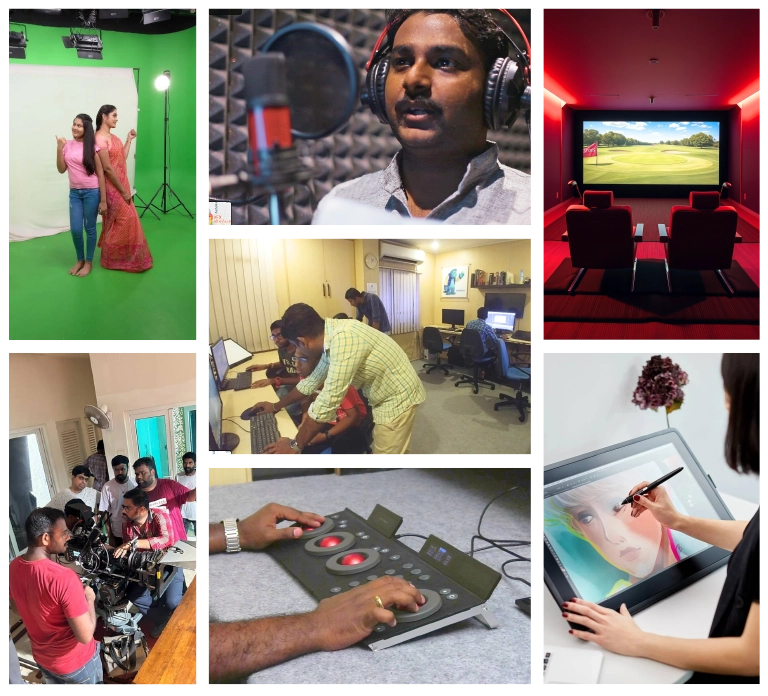
Learn from the Best
Expert Instructors & Flexible Learning at Your Fingertips
Meet Our Expert Instructors:
Learn from seasoned professionals with real world experience in 3D tracking, camera solving, and visual effects integration. Our instructors bring hands on insights and mentorship to help you grow creatively and professionally bridging the gap between CGI and live action with precision and storytelling.
Flexible Learning Options:
Weekday Batches
Morning and evening sessions.
Online Classes
Live instructor-led sessions.
Weekend Batches
For working professionals.
Offline Classes
At our Chennai campus.
OUR matchmoving COURSE BENEFITS & OUTCOMES
At VFX, we offer expert-led matchmoving classes that provide hands-on training with industry-standard tools and techniques. Our comprehensive curriculum covers everything from basic camera tracking to advanced 3D object integration.
With personalized instruction, real-world project experience, and a focus on creative problem-solving, you’ll gain the skills needed to excel in the VFX industry. Whether you’re a beginner or looking to refine your skills, our classes prepare you for a successful career in matchmoving and visual effects.”
Matchmoving Training Fees Structure
-
Expert Led Training
-
Real World Projects
-
One-on-One Personalized Learning
-
Learn Industry Tools like PFTrack, 3DEqualizer, Nuke, After Effects, and Maya to Track Cameras, Match 3D Elements to Live Footage, and Seamlessly Integrate CGI into Real-World Scenes for High-End VFX in Films, TV, and Commercials.
-
Course Duration- 10 Months
-
Weekday Batches: Monday, Wednesday, Friday (10:00 AM - 7:00 PM)
-
Weekend Batches: Saturday, Sunday (10:00 AM - 1:00 PM)
Placement Guidance
Our Placement Guidance Connects You With Top Studios, Production Houses, And Creative Agencies Seeking Skilled Motion Designers.
How We Prepare You for Success
- Learn From Certified matching moving Professionals in Chennai
- Work On Live Projects Title Sequences, Ads, And Visual Effects
- Build A Portfolio Showcasing Animation Reels And Motion Designs
- Get Feedback To Refine Your Creativity, Timing, And Visual Storytelling
- Attend HR, Technical, and matching moving Pipeline Mock Rounds
- Receive Tailored Job & Freelance Opportunities With Leading Studios And Agencies
OUR RECRUITERS
Secure your Future with Our Recruiters
Your dream job is closer than you think — We make you Equipped enough to get you there sooner.
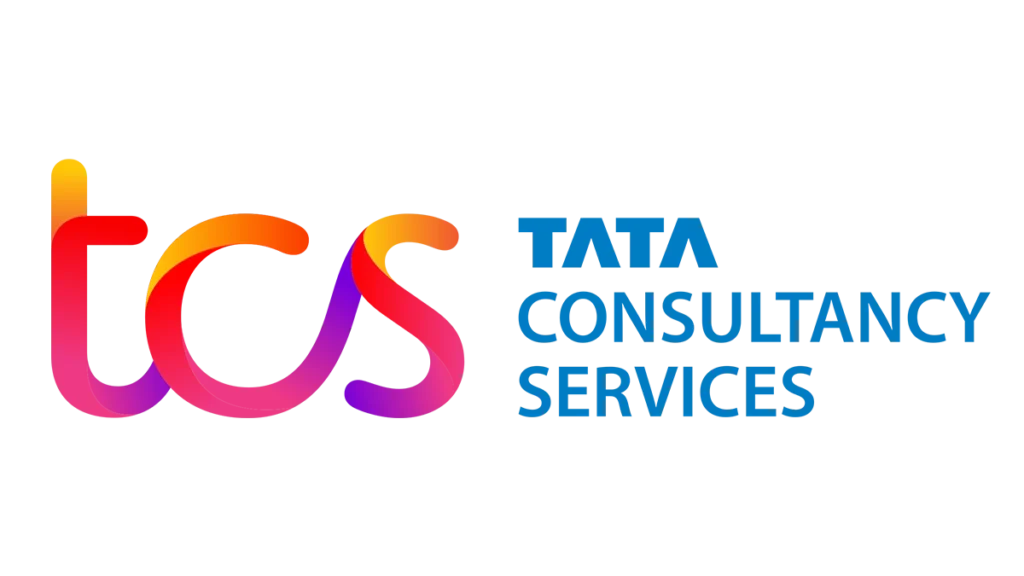

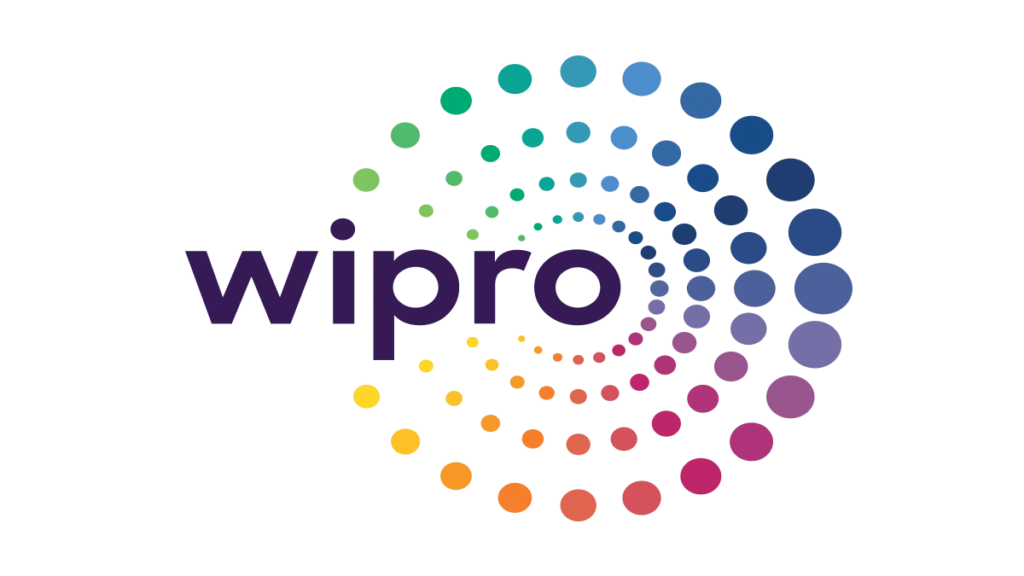
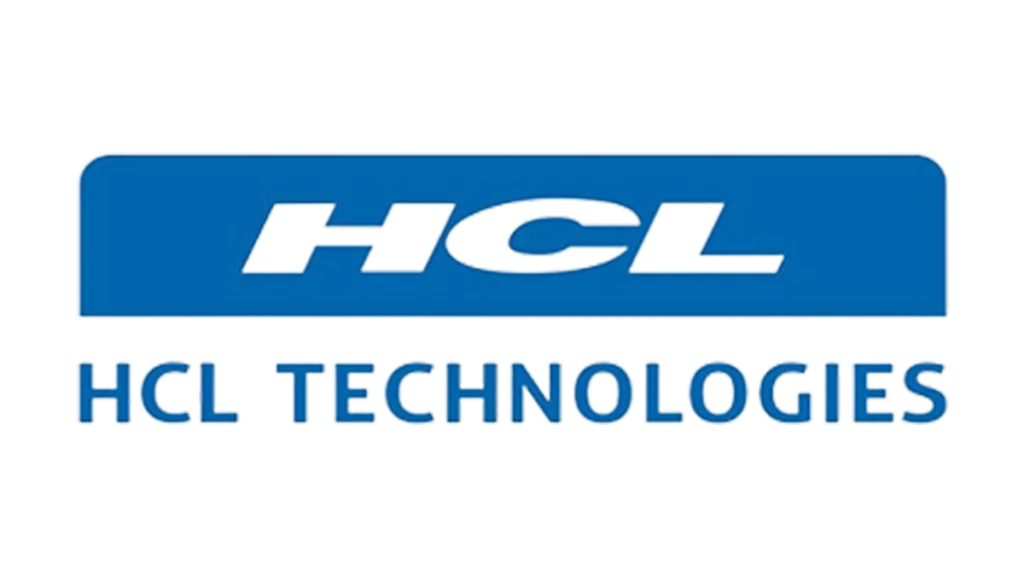
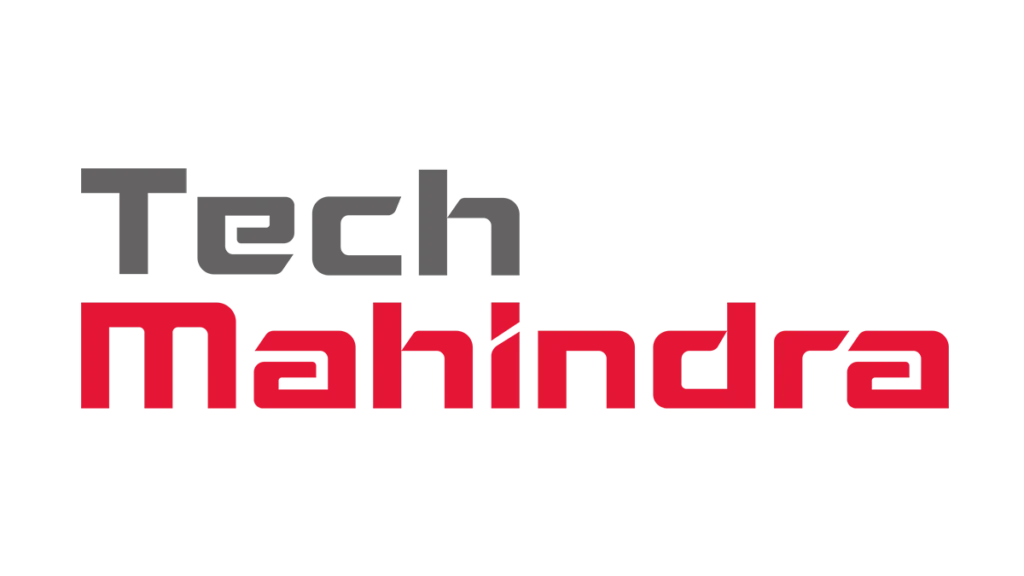

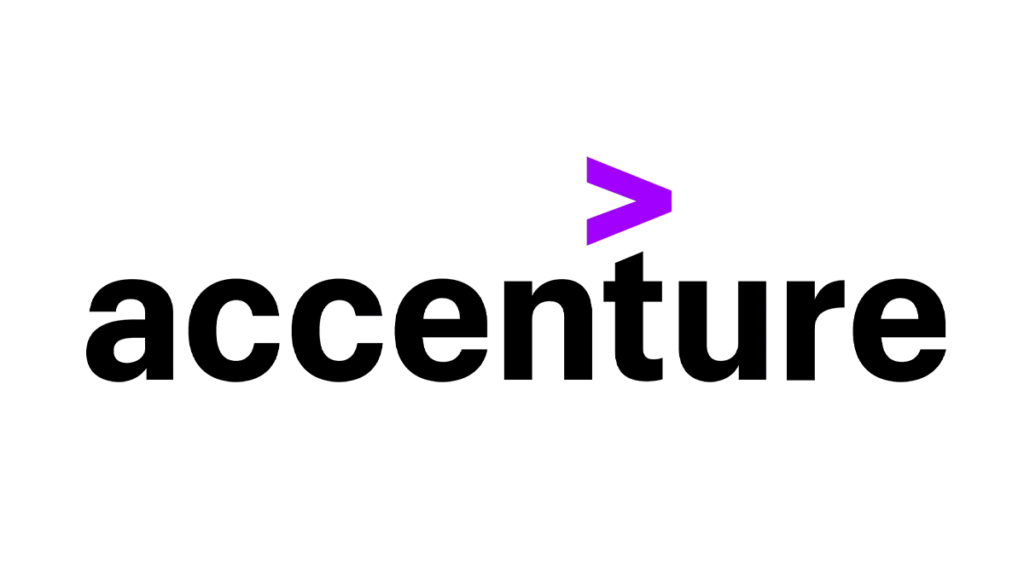
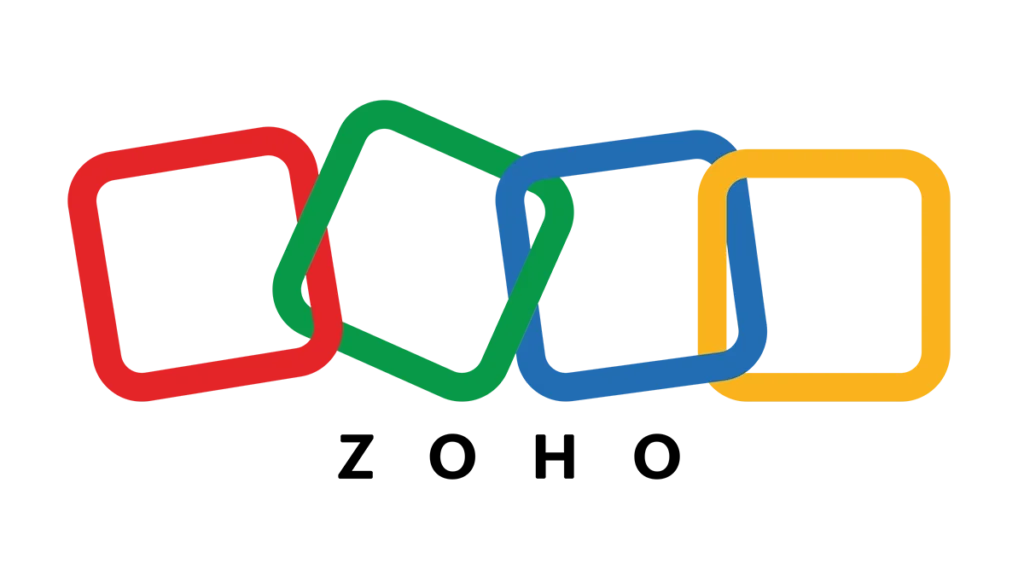
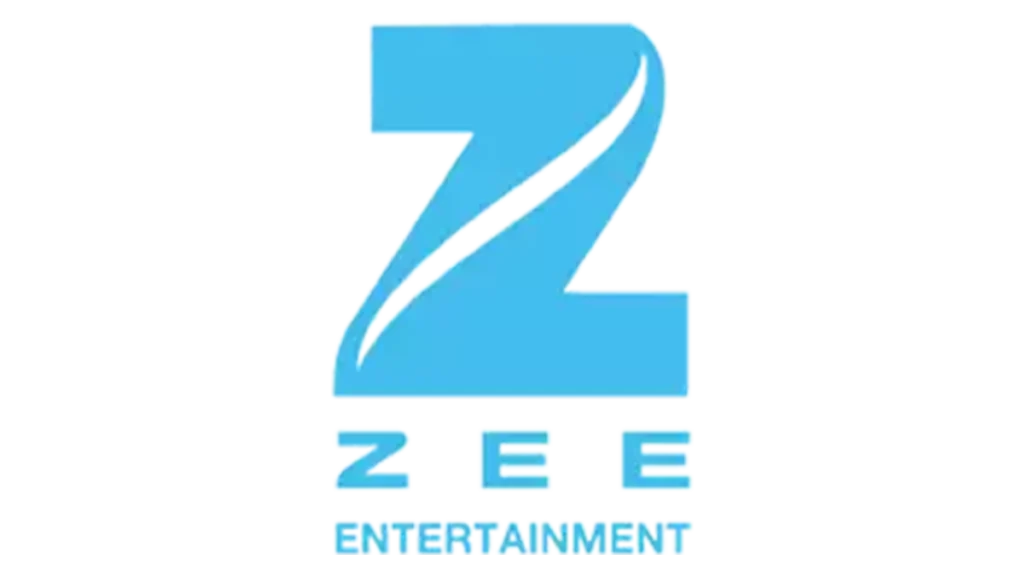


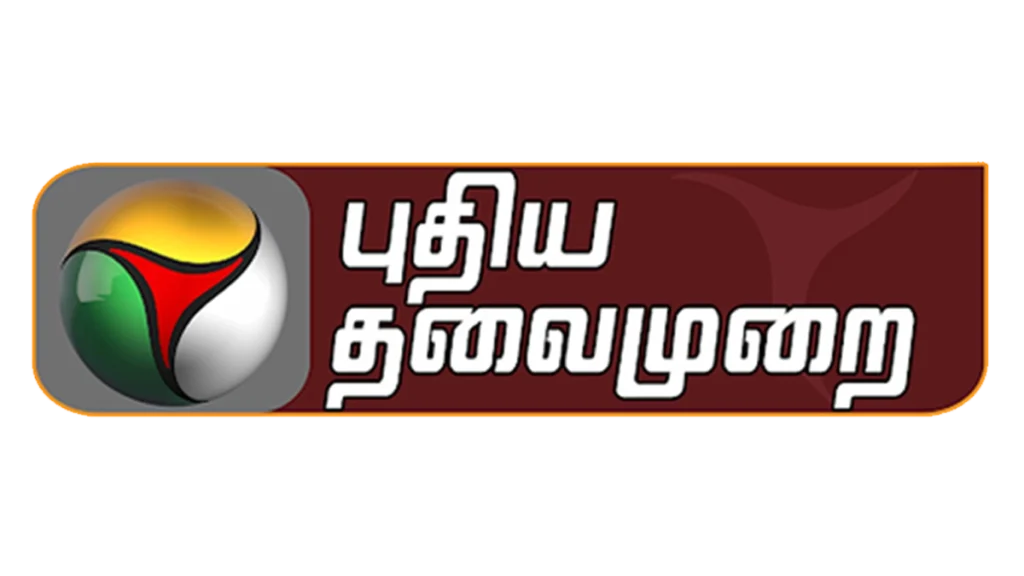

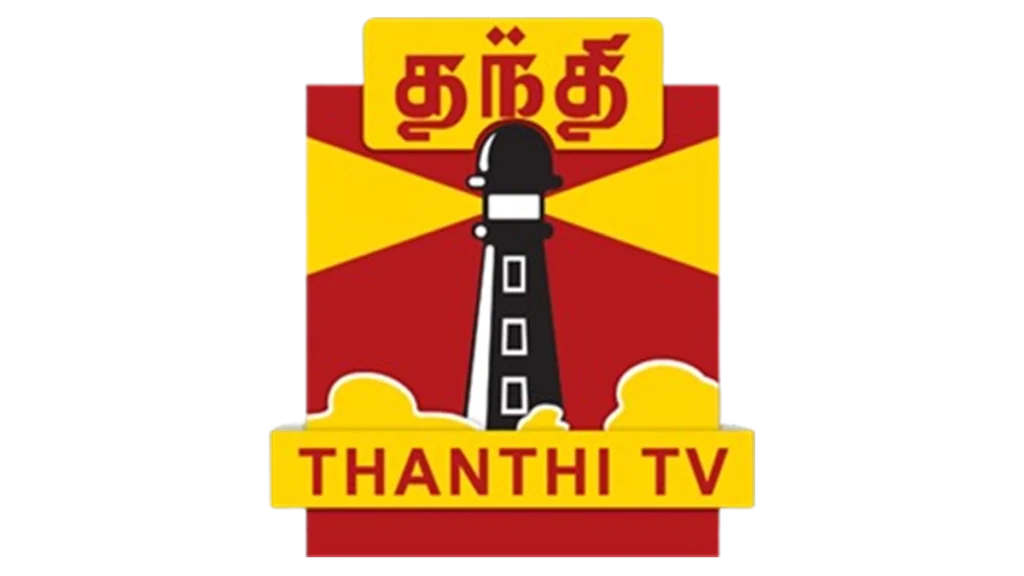
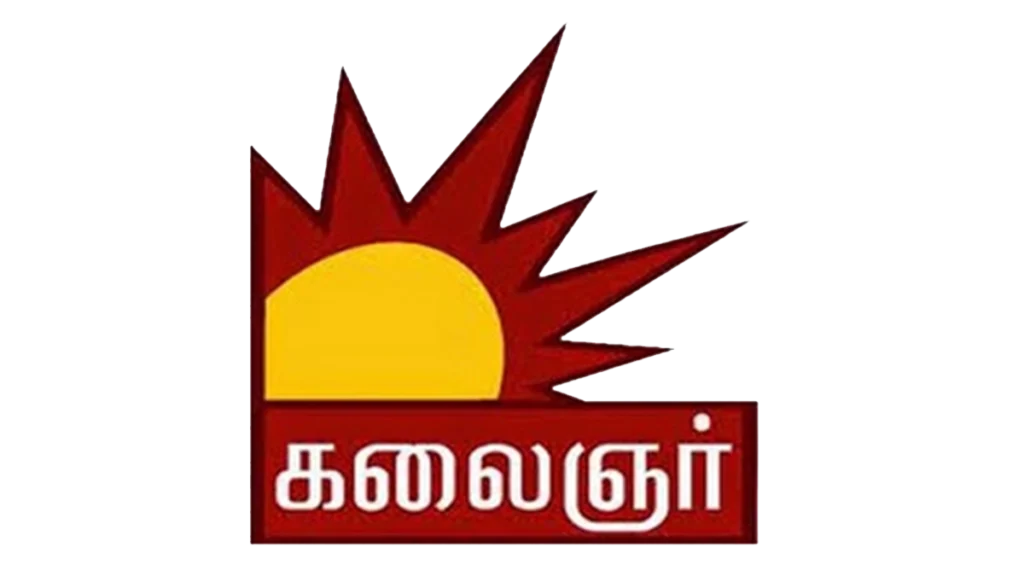
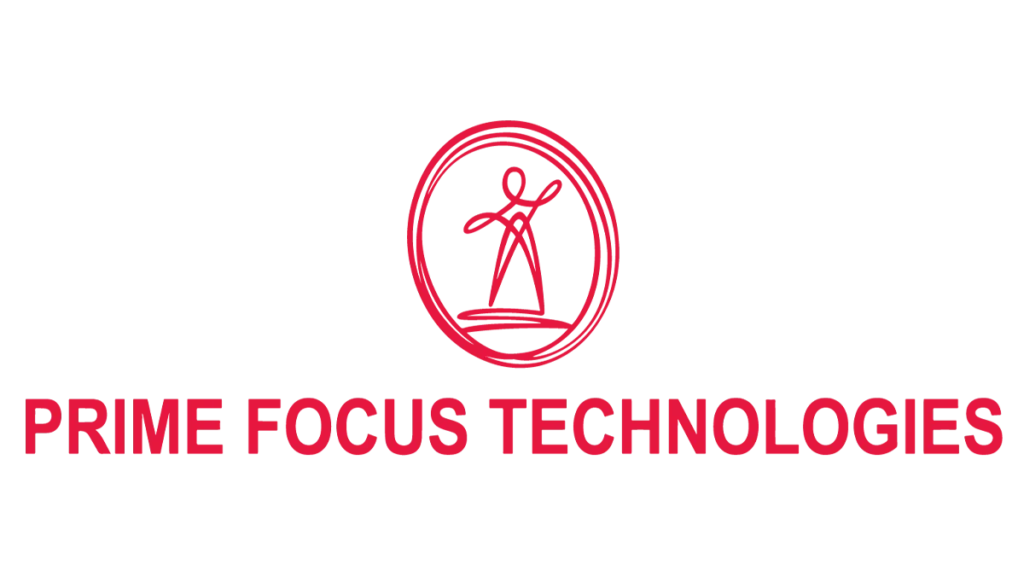

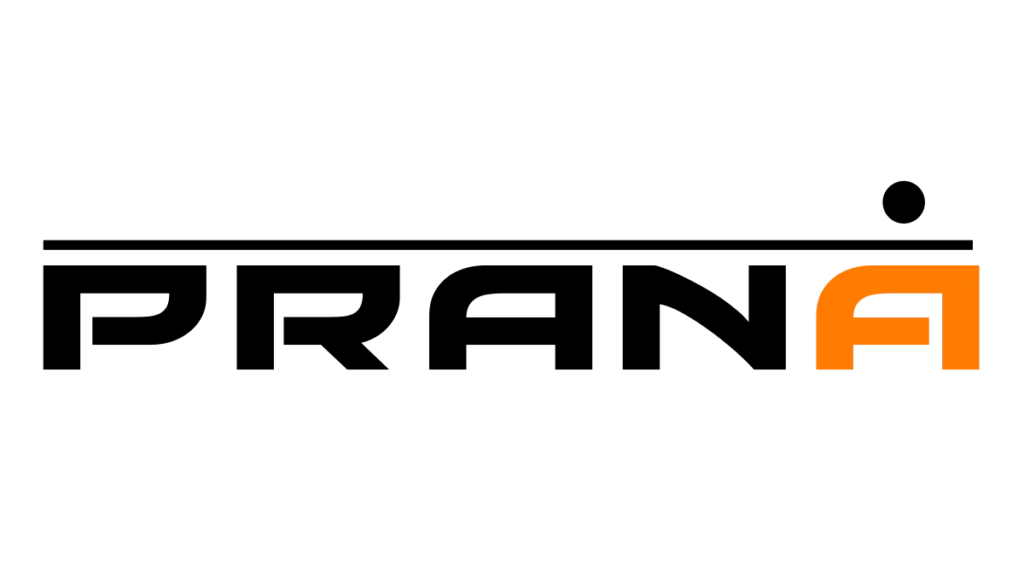
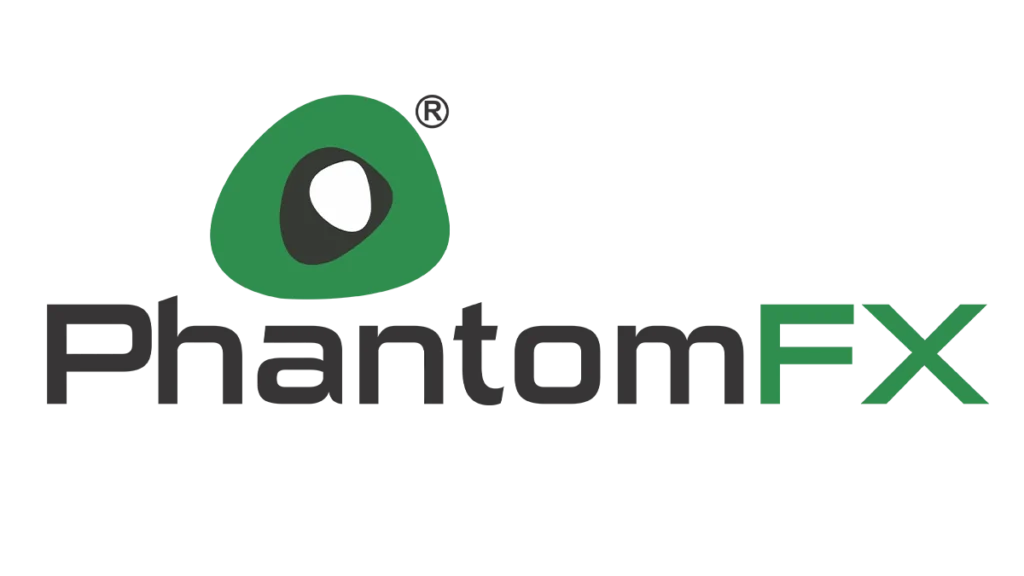
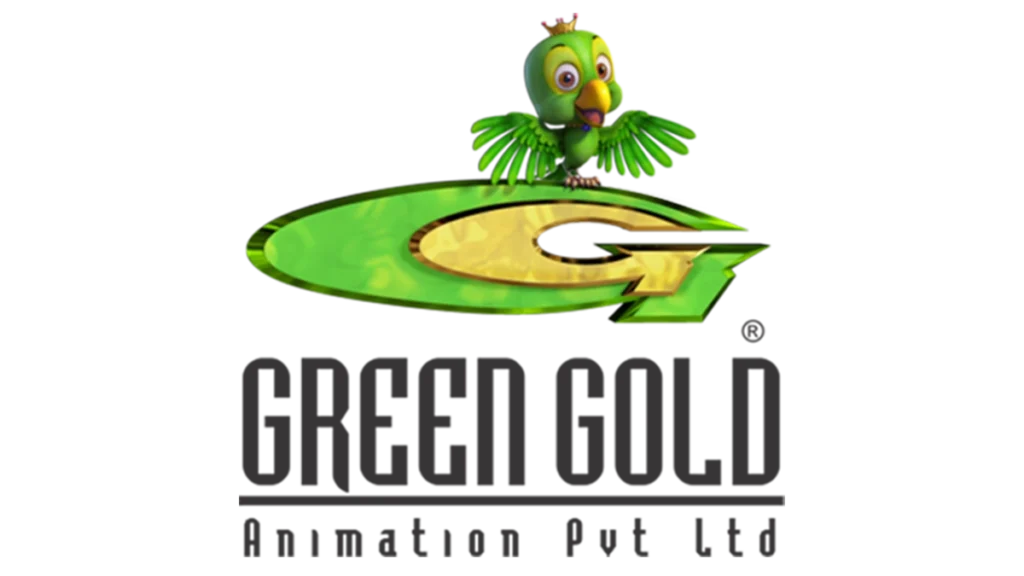
Testimonials From Our Students
Our alumni share stories of growth, transformation, and the lifelong impact of their journey with us.
Our Students Works
Step into a world of opportunities – Be part of these exciting projects and so much more


